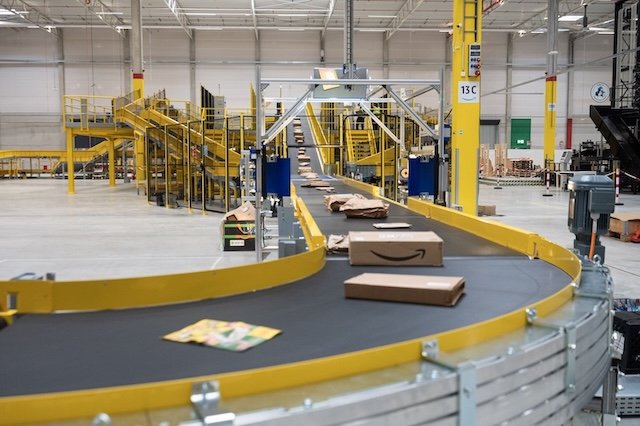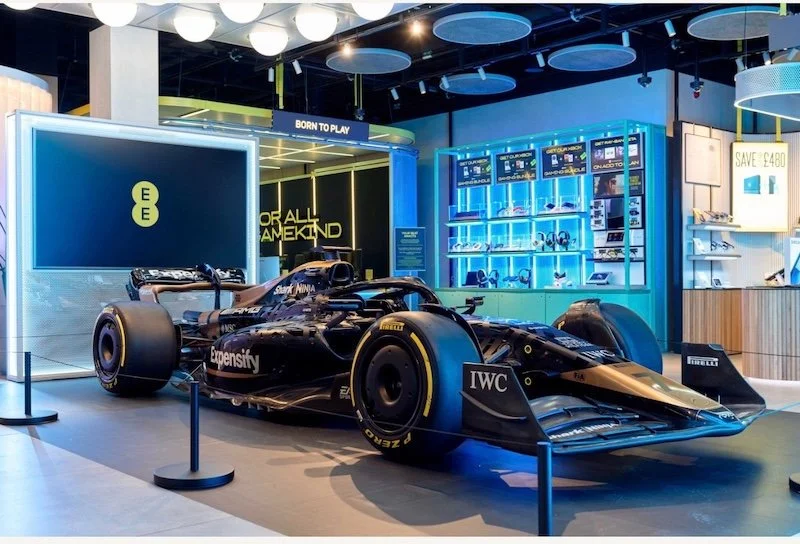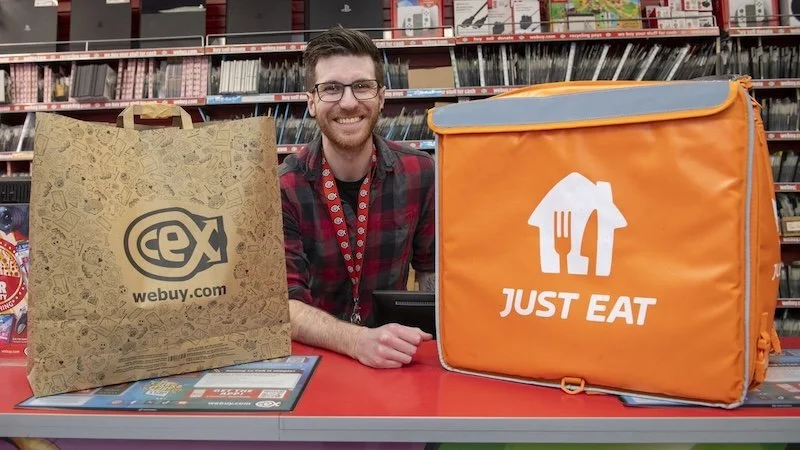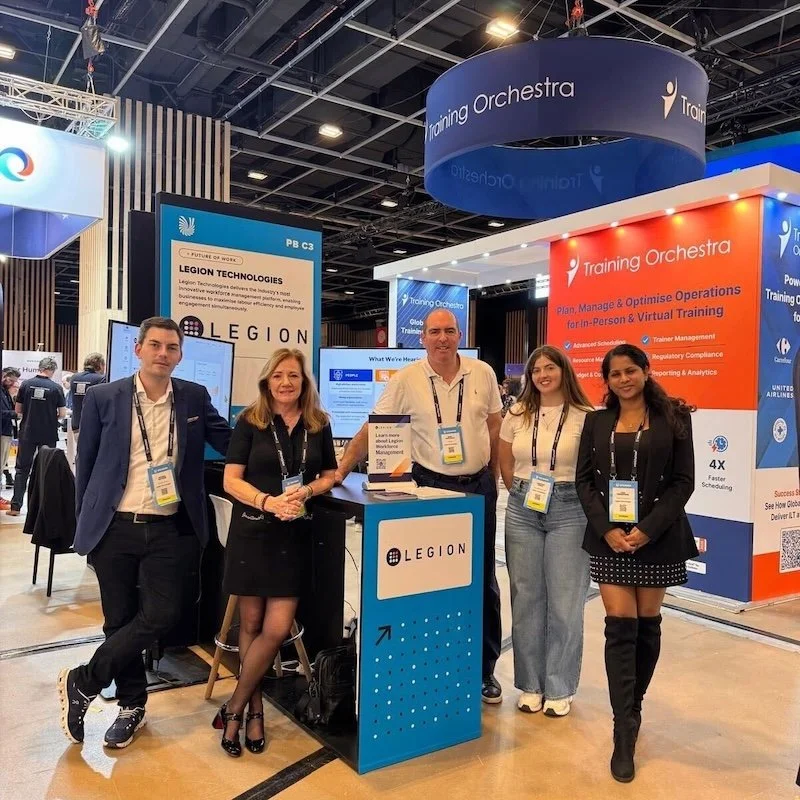Why your fulfilment centre might be a certified hazard area - and what tech needs to change
Hazard zones aren’t just for oil platforms anymore. As retail logistics becomes faster, denser, and more energy driven, fulfilment centres are quietly becoming subject to safety rules that once applied only to the heavy industrial sector.
The result? Some warehouses, battery storage rooms, and repair zones now legally qualify as ATEX Zone 2 or 22 environments - meaning that even a keyboard could, under the wrong conditions, trigger an explosion.
This shift is largely driven by the materials that today’s retail operations handle. It’s not unusual for a large distribution centre to stock alcohol-based cleaning products, pressurised aerosols, or entire racks of lithium-ion batteries powering scooters, handheld scanners, or delivery equipment. These are everyday items, but they bring with them real ignition risk - especially when stored or used in confined or poorly ventilated spaces.

ATEX (Atmosphères Explosibles) legislation in Europe classifies hazardous environments into zones. Zone 2 applies to areas where explosive gases might occasionally be present during normal operations. Zone 22 is the equivalent for dust. Think: a ventilated battery storage area, an EV docking bay, or the covered loading area of a large fulfilment hub. If there's any chance that explosive atmospheres could form, these zones apply - and so does ATEX compliance.
This means that not all electronics are allowed. Devices like tablets, radios, barcode scanners, and wireless peripherals can pose ignition risks if not designed specifically for explosive environments. A hot surface, a single arc, or a short circuit - even inside a sealed device - could be enough to ignite gas or dust under the right conditions. It’s not theoretical. That’s why unprotected consumer or industrial electronics are not permitted in certified zones, no matter how rugged they claim to be.
For fulfilment centres, this poses a practical problem. The industry depends on mobile, connected technology. Warehouse workers log data, perform diagnostics, and interact with digital systems at every stage of the workflow. Cutting off those tools in safety-critical areas isn’t realistic — but ignoring compliance isn’t an option either.
That’s where explosion-proof accessories come in. One such solution is the Ex BT-Key-02, a fully ATEX- and IECEx-certified wireless keyboard designed for Zone 2 and Zone 22 use. It offers full Bluetooth connectivity to certified phones, tablets, laptops, and desktops, giving workers the ability to safely input data in hazardous environments. It’s not just compliant - it’s built for the job. The keyboard is ultra-rugged, sealed against dust, water, and corrosives, and rated for over ten million keystrokes.
And it’s light - which matters more than you’d think. Workers using mobile ATEX setups need hardware that’s safe but also ergonomic and easy to transport. With long battery life and compatibility across Windows, macOS, Android and iOS, the Ex BT-Key-02 fits seamlessly into modern digital workflows - no hardwiring or setup headaches required.
As fulfilment infrastructure gets smarter and more flexible, it also gets riskier in unexpected ways. The growth of high density energy storage, e-mobility integration, and flammable goods handling means that safety is no longer a side concern - it’s built into the logistics architecture. For tech leaders in retail operations, adapting to ATEX classifications isn’t just about avoiding fines. It’s about protecting uptime, staff, and equipment in a changing regulatory landscape.
The warehouse of 2025 isn’t just about speed - it’s about safety without compromise. And that starts with the tools we put in workers’ hands.






























Continue reading…